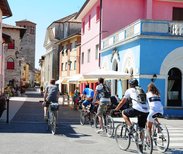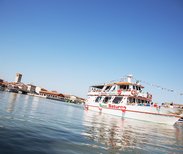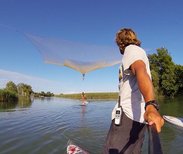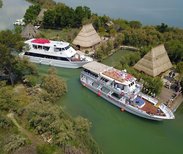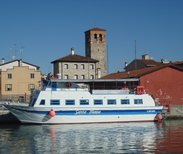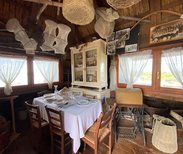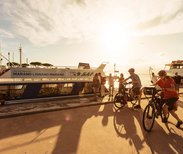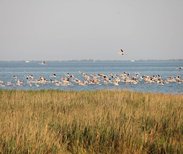A Day in Marano Lagunare: Nature, Culture & Authentic Flavors
This picturesque fishing village, which was part of the Republic of Venice for nearly four centuries, still retains a unique charm.

The long Venetian rule left a deep mark: in Marano, you stroll through calli just like in Venice, and the local dialect is of Venetian origin—distinct from those of the surrounding areas.
The close connection with the lagoon environment has shaped both the local economy—still closely tied to fishing—and a cuisine rich in the flavors of the sea.
What to See and Do in Marano Lagunare
1. Explore the Valle Canal Novo Nature Reserve
A protected area of 121 hectares including a former fishing valley, a stretch of lagoon known as "Corniolo," and farmland. It’s a rich and varied ecosystem of brackish waters and wetlands.
Wooden walkways lead through nature to traditional casoni and facilities for education and refreshment.
Don’t miss the Lagoon Aquarium—perfect for discovering the lagoon’s habitats up close.
2. Visit the Lagoon Archaeological Museum
Take a journey through the thousand-year history of the oldest lagoon in Friuli Venezia Giulia, with over 500 artifacts recovered from the old town, islands, and seabeds.
The museum offers a multimedia experience that reveals the strategic and economic importance of this area suspended between land and sea.
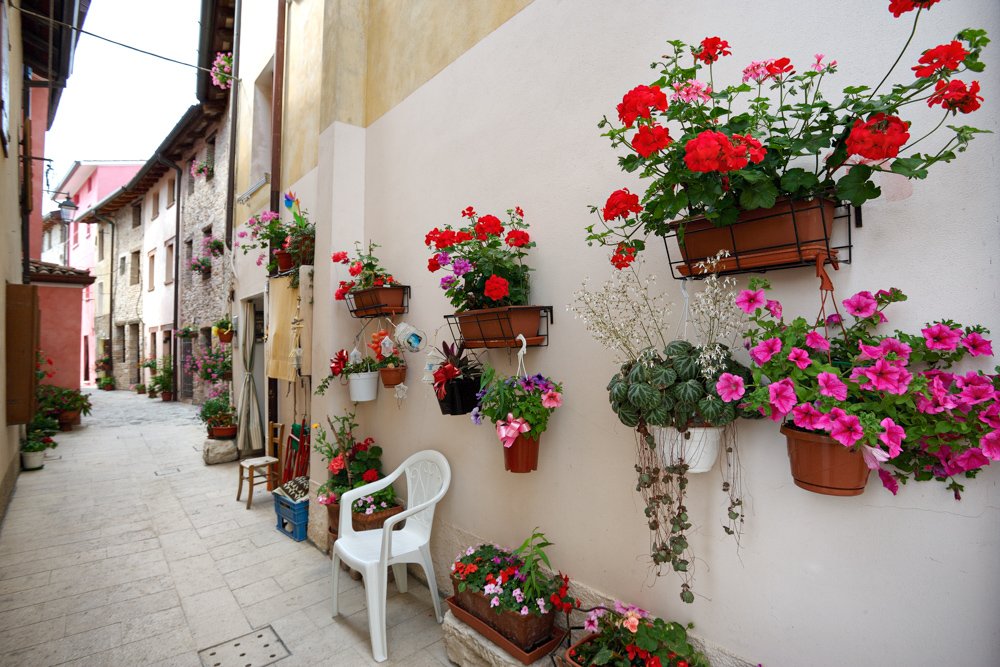
3. Get Lost in the Historic Center
The heart of the village preserves the layout of the ancient fortress that once belonged to the Patriarchate of Aquileia and later to the Venetian Republic.
Wander through quiet, flower-filled alleys, discover ancient walls, the thousand-year-old tower, the Church of San Martino with its precious Venetian organ and stunning stained glass.
4. Admire the Old Fish Market (Vecia Pescaria)
A symbolic place representing Marano’s connection with the sea.
Built in 1892, the “old fish market” was the center of village life for a century.
Now beautifully restored and used for cultural events, it hosts unmissable festivals like San Vio (in June) and the Fish Festival (mid-August).
5. Buy Fresh Fish Directly from Local Fishermen
Every Friday morning in Piazza dello Squero, during the Campagna Amica market, you can buy the catch of the day directly from the fishermen: cuttlefish, sole, sea bream, sand smelt, sea bass, and more, depending on the season.
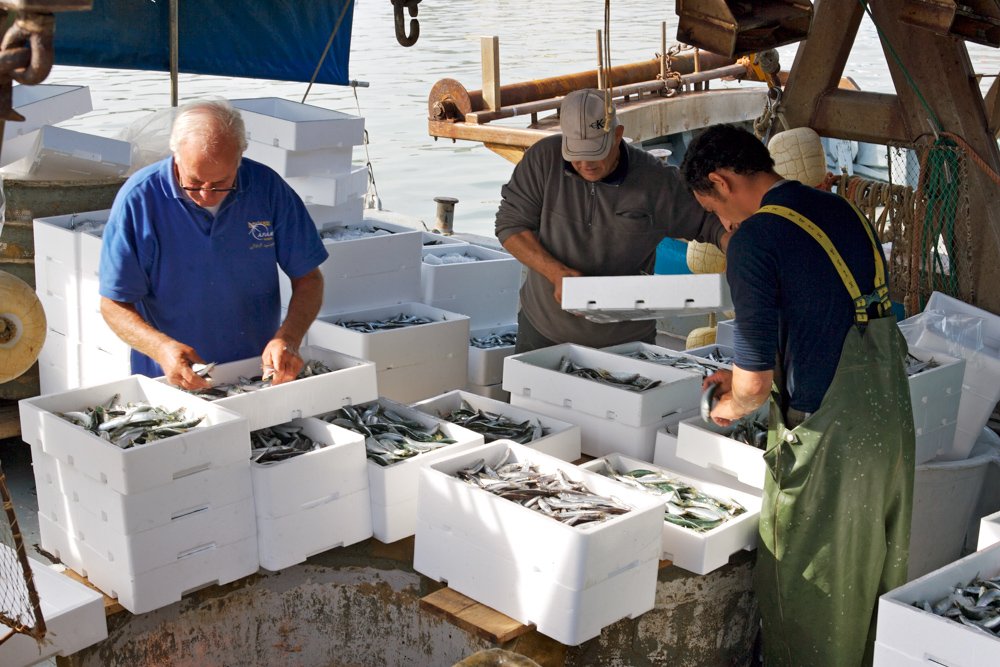
6. Taste Maranese Cuisine
A food stop is a must: the Maranese culinary tradition is full of surprises.
Choose one of the many restaurants in the port or the town center and treat yourself to a fish soup, fried seafood with mantis shrimp, grilled fresh catch, or local specialties like bisato in speò (grilled eel) and moleche (soft-shell crabs, in season).
7. Try Fishing in the Valleys
For fishing enthusiasts, nearby areas like the Ca’ del Lovo fishing valley offer a magical lagoon setting, home to wild animals like flamingos, hares, and roe deer.
8. Join a Boat Tour of the Lagoon
The best way to experience the lagoon is on the water.
From Marano (and in summer also from Lignano Sabbiadoro), boat tours explore the natural environment and local traditions: visits to casoni, stops at the Bepi fish weir (Bilancia di Bepi), or peaceful canoe and SUP rides through the calm canals.
🚗 By car:
Follow the S.R. 354 toward Latisana, then take the S.S. 14 in the direction of Muzzana del Turgnano. After the town center, turn right onto Via San Gervasio (S.P. 70), and continue along S.P. 3 to Marano Lagunare.
🕒 Travel time: around 45 minutes.
🛥️ By boat:
In summer, a ferry service (TPL FVG) connects Lignano and Marano. The ferry can carry up to 10 bicycles per trip.
🕒 Duration: about 40 minutes.


